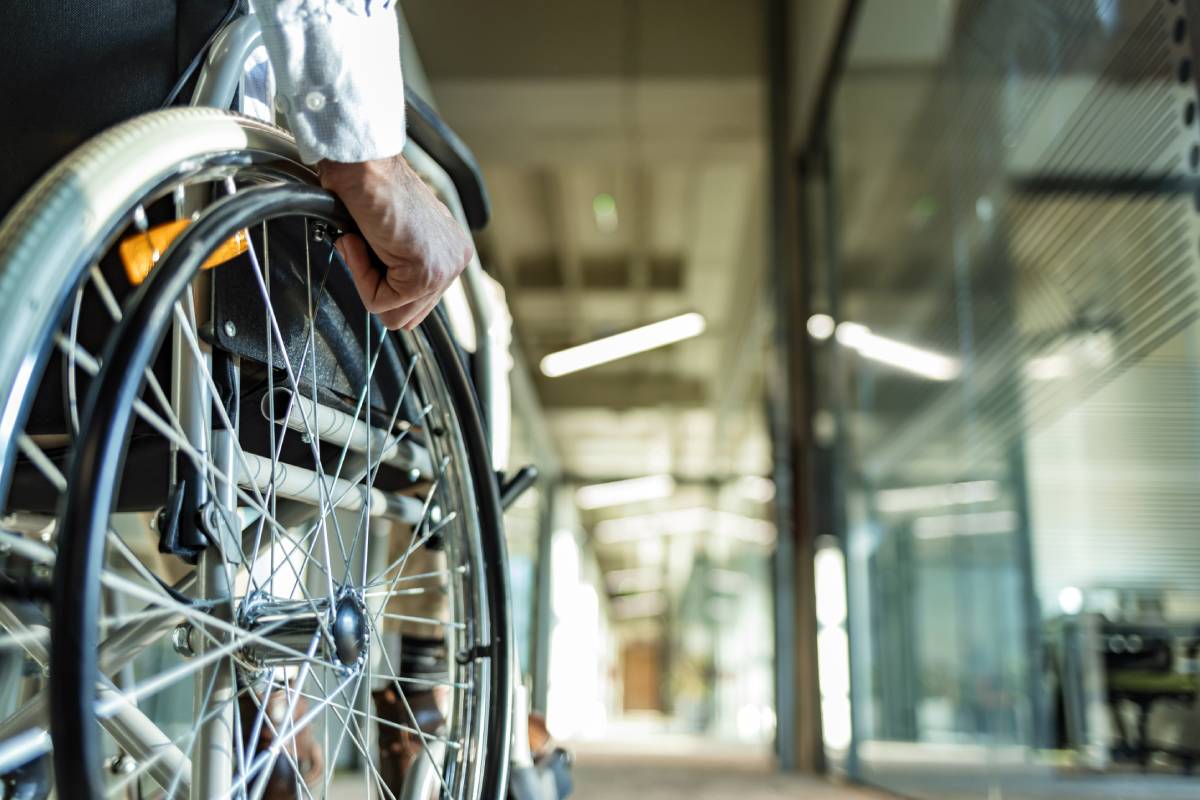Despite the fact that it affects most cancer patients, healthcare professionals often view pain as a secondary priority when treating oncological issues [1, 2]. Many cancer patients with pain symptoms report experiencing it at moderate to severe levels [2]. Consequently, the importance of addressing patients’ pain should be an essential part of any oncological treatment regimen [2]. Because pain management may result in side effects and complications that interfere with cancer treatment, it can be difficult to accomplish [3]. However, the presence of recent interventional innovations has made pain management in cancer patients much more feasible.
One method of pain management for cancer is percutaneous neurolysis (PN). PN prevents pain signals from being transmitted by the sympathetic plexus in the autonomous nervous system [1]. It can be administered by continued radiofrequency or cryoablation [3]. Often, administration occurs at the celiac plexus and splanchnic nerves [1]. The benefits of this method are numerous. For one, oncological patients report decreased refractory pain and increased quality of life [3]. PN is also low cost if a patient’s life expectancy is greater than three to six months, quick to administer, and very safe, with complication rates at less than 2% [1, 4].
Another common means of interventional pain management is pharmacology [4]. Chemical agents such as alcohol (50-100%) and phenol (3-12%) contribute to the destruction of nervous tissue [4]. Alcohol can dehydrate axons and precipitate cholesterol, membrane proteins, and cerebrosides [4]. These processes can produce myelin sheath sclerosis and axonal damage, which can reduce neural pain when carefully controlled [4]. Unfortunately, alcohol causes intense pain upon injection, but anesthetics can mitigate this pain [4]. Phenol’s central mechanism is similar, but it can also produce sensations similar to local anesthetics; therefore, physicians must be cautious to prevent overdose and subsequent toxicity [4]. While alcohol has a greater affinity for reducing neural tissue pain, phenol may be more appropriate when addressing vascular tissue pain [4].
Wave-linked techniques can offer physicians more specialized, less risky avenues through which to address their patients’ difficulties. One such method is high-intensity focused ultrasound (HIFU). HIFU ablates tissue in a targeted manner by focusing high-intensity ultrasound waves on a specific location without needing to puncture or incise the skin [1]. This method has not been shown to interact negatively with chemotherapy and radiotherapy, and it can produce immediate pain relief in some cases [1]. Radiofrequency currents can also be effective means of pain management. Typically, physicians would aim an uninsulated needle at a specific location such that it would pass an alternating current of 50-500 kHz through the tissue [4]. Pulsed radiofrequency currents avoid causing tissue damage, motor block, dysesthesias, and deafferentation pain syndromes, but they may be less efficient than continuous radiofrequency [4].
Ultimately, physicians must strive to create tailored pain management approaches for each of their cancer patients. The variety of methods available offers physicians more versatility than ever before [5]. Optimistically, these innovations will lead to an overall improvement in cancer care that will decrease the incidence of intense oncological pain.
References
[1] D. K. Filippiadis et al., “Percutaneous Management of Cancer Pain,” Current Oncology Reports, vol. 22, no. 5, p. 410-417, May 2020. [Online]. Available: https://doi.org/10.1007/s11912-020-00906-x.
[2] A. Joseph et al., “An Assessment of Cancer Pain Control in an LMIC Oncology Clinic,” Journal of Global Oncology, vol. 4, supplement 2, p. 230, October 2018. [Online]. Available: https://doi.org/10.1200/jgo.18.92900.
[3] D. K. Filippiadis et al., “Percutaneous Neurolysis for Pain Management in Oncological Patients,” Cardiovascular and Interventional Radiology, vol. 42, no. 6, p. 791-800, June 2019. [Online]. Available: https://doi.org/10.1007/s00270-019-02185-x.
[4] J. Scott-Warren and A. Bhaskar, “Cancer pain management: Part III: Interventional techniques,” Continuing Education in Anaesthesia Critical Care & Pain, vol. 15, no. 2, p. 68-72, April 2015. [Online] Available: https://doi.org/10.1093/bjaceaccp/mku012.
[5] T. O’Brien and C. M. Kane, “Pain services and palliative medicine – an integrated approach to pain management in the cancer patient,” British Journal of Pain, vol. 8, no. 4, p. 163-171, November 2014. [Online]. Available: https://doi.org/10.1177/2049463714548768.
